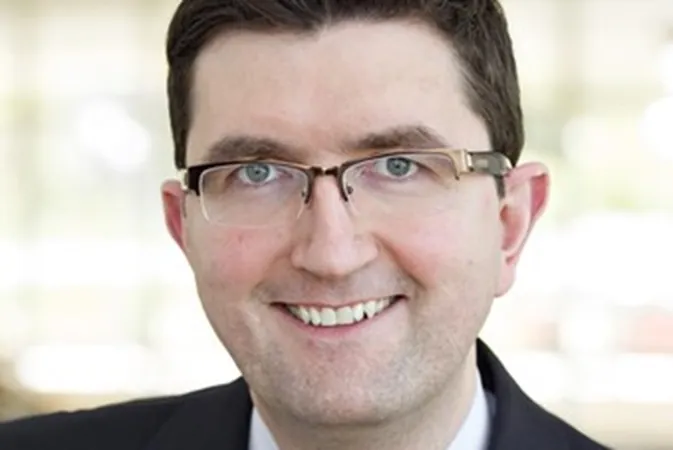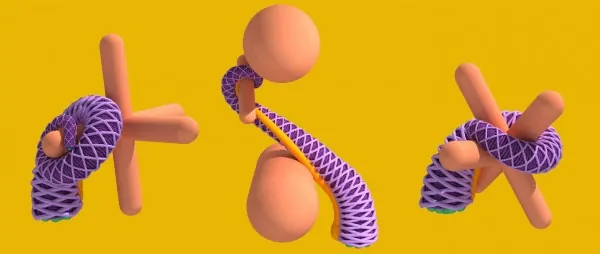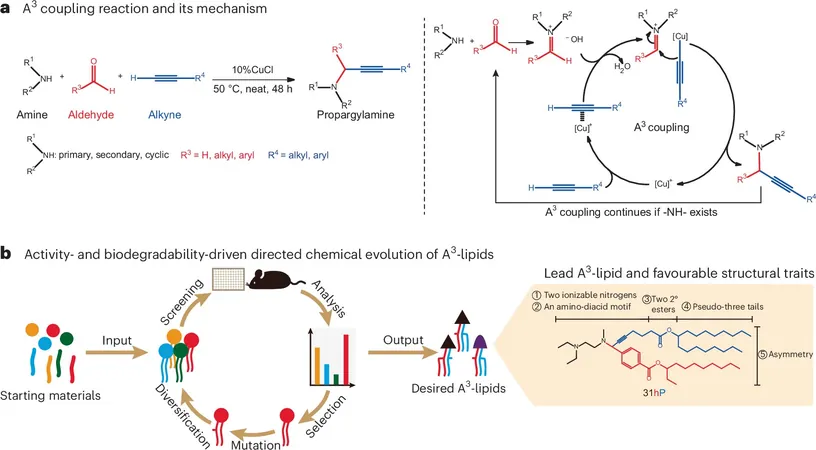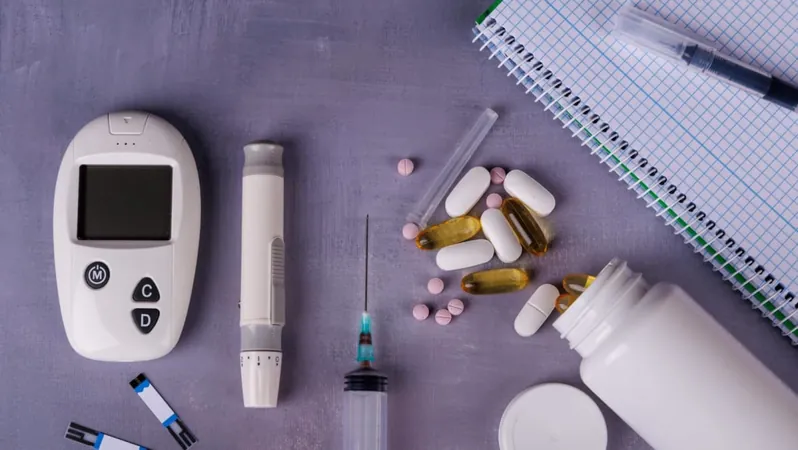
Breakthrough Study Reveals: Reconditioned Pacemakers Match New Devices in Safety and Effectiveness!
2024-11-18
Author: Ming
Groundbreaking Study Unveiled
A groundbreaking study unveiled at the 2024 American Heart Association Scientific Sessions has shown that reconditioned pacemakers can perform just as well as new ones, potentially revolutionizing access to critical cardiac care in low- and middle-income countries. Conducted from May 2022 to June 2024, this randomized trial evaluated the safety and efficacy of refurbished pacemakers in patients suffering from heart rhythm disorders.
Regulatory Context
While the reuse of pacemakers is prohibited in the United States, the Food and Drug Administration (FDA) allows the export of sterile devices for reuse. The My Heart Your Heart (MHYH) study involved pacemakers retrieved from deceased donors or from patients undergoing surgeries that necessitated device removal. Only pacemakers with a minimum of six years of battery life and verified electrical function were selected for sterilization and reuse.
Study Overview
The trial was conducted across seven countries—Sierra Leone, Venezuela, Nigeria, Kenya, Paraguay, Mexico, and Mozambique—and involved 298 adult participants who had no financial means to acquire new devices. Patients in the study had a variety of heart rhythm disorders, such as sick sinus syndrome, and were randomly assigned to receive either a new pacemaker or a reconditioned device.
Access Disparities
Lead author Thomas Crawford from the University of Michigan highlighted a significant disparity in access to pacemaker technology: "In high-income countries, nearly 1,000 individuals per million receive pacemakers annually. In contrast, low-income nations might see only three per million or even fewer."
Research Significance
While earlier studies have suggested that refurbished pacemakers can be safely implanted, the MHYH research stands out as the first prospective, randomized study to systematically assess patient outcomes, particularly regarding function and infection, up to 90 days post-implantation. Crawford emphasized the importance of the 90-day follow-up: "This timeframe captures the most immediate risk of infection, which is most prevalent within this period."
Critical Findings
The trial recorded several critical outcomes, with 280 patients completing at least one follow-up visit. Findings included: - Five infections requiring implant removal occurred in the new device group, compared to two in the reconditioned group. - One superficial skin infection was reported in a new device patient, which was effectively treated without necessitating removal. - Surgical interventions were required for five new pacemaker recipients to reposition or replace leads, versus six in the reconditioned group. - No device malfunctions were recorded across both groups. - There were three unrelated deaths in the reconditioned cohort, while none occurred among those with new pacemakers.
Conclusion and Future Considerations
The study concluded that reconditioned pacemakers showed comparable safety and efficacy to new ones within the 90-day follow-up period. However, researchers caution that longer-term follow-ups are essential to confirm ongoing safety and performance, particularly regarding battery longevity and potential late malfunctions.
Environmental Benefits
Crawford lauded the environmental benefits of pacemaker recycling: "Our study highlights that reconditioned pacemakers not only save lives in low-income countries but also promote sustainable practices." Nevertheless, he urged for extended monitoring to better understand the long-term viability of these devices.
Implications for Cardiac Care
As heart disease continues to be a leading cause of mortality worldwide, this research holds promise for increasing access to life-saving medical technology, potentially transforming the landscape of cardiac care for underserved populations.





 Brasil (PT)
Brasil (PT)
 Canada (EN)
Canada (EN)
 Chile (ES)
Chile (ES)
 España (ES)
España (ES)
 France (FR)
France (FR)
 Hong Kong (EN)
Hong Kong (EN)
 Italia (IT)
Italia (IT)
 日本 (JA)
日本 (JA)
 Magyarország (HU)
Magyarország (HU)
 Norge (NO)
Norge (NO)
 Polska (PL)
Polska (PL)
 Schweiz (DE)
Schweiz (DE)
 Singapore (EN)
Singapore (EN)
 Sverige (SV)
Sverige (SV)
 Suomi (FI)
Suomi (FI)
 Türkiye (TR)
Türkiye (TR)